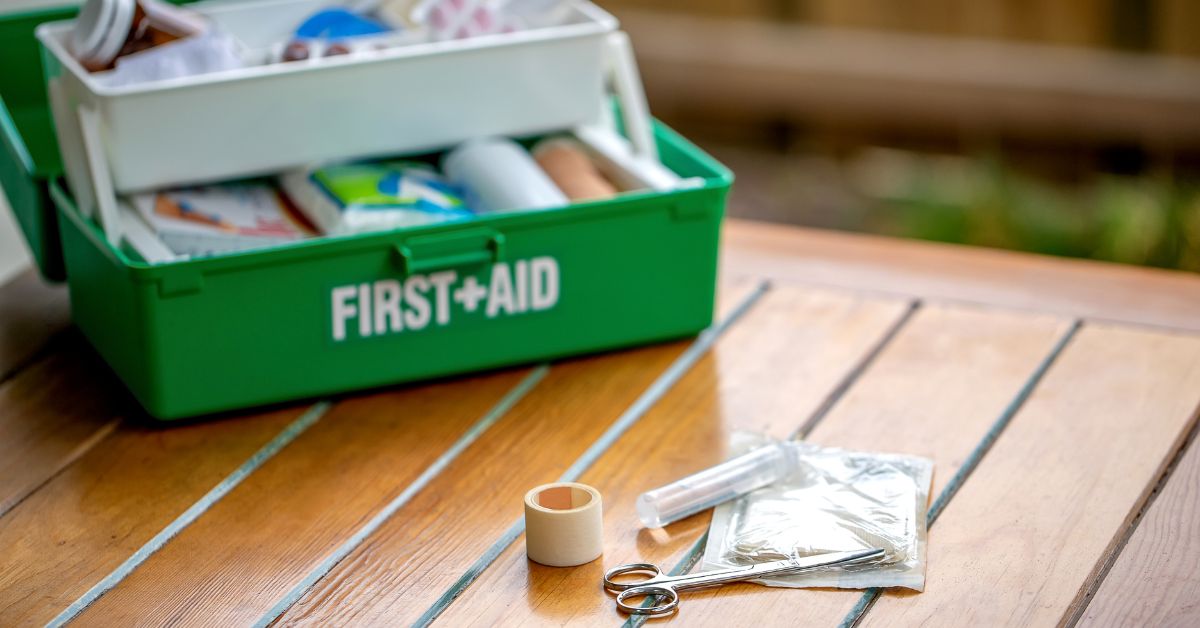Gum health is a vital aspect of maintaining overall oral hygiene. The color of your gums can reveal a lot about your dental health, signaling everything from optimal wellness to underlying conditions. While most people pay attention to their teeth, the gums—also known as the gingiva in scientific terms—serve as a protective layer for your teeth and the supporting bone structures. Different gum colors can imply different health states, and understanding these cues can be crucial in diagnosing potential problems.
What Are Gums?
Gums, or gingiva, are the soft tissue lining the mouth, playing a crucial role in securing the teeth and protecting the bone. They form an essential part of the periodontium, which includes the bone and connective tissue that support the teeth. Healthy gums provide a protective seal around the teeth, safeguarding them from bacteria and infection.
Newborn Child's Gums
In newborns, the gums are typically soft and pink with a smooth appearance. They are delicate, and as teeth begin to erupt, there may be slight swelling or redness, but this is a normal part of teething.
Adult Gums
In adults, healthy gums should have a firm texture and exhibit a consistent pink or coral-pink color. They are resilient and tightly adhere to the teeth, creating a strong barrier against bacterial infiltration.
Gums of Elderly Individuals
As individuals age, gums may begin to recede, exposing more of the tooth and sometimes even the root. Gums in older adults often appear thinner and may have a more flattened appearance compared to the firm gingiva of younger people.
Normal Gingiva Appearance
A healthy gingiva typically appears coral pink, firm, and stippled (textured like an orange peel). These characteristics indicate a well-maintained oral environment with proper blood circulation and minimal inflammation.
Pathological Gingiva Appearance
Pathological gingiva may deviate in color, texture, and size. Red, swollen, or bleeding gums can be a sign of gingivitis or periodontitis, two common gum diseases. Other signs include gum recession, shiny or smooth gums, and irregular textures.
Different Colors of Gingiva and Their Causes
1. Pink or Coral Pink:
- Normal: Indicates healthy gum tissue with good blood circulation. This is the ideal gum color for both children and adults.
2. Red:
- Indicates: Inflammation, usually due to gingivitis or early-stage periodontitis.
- Causes: Bacterial infection, poor oral hygiene, or plaque buildup.
3. Pale or White:
- Indicates: Anemia, leukoplakia, or fungal infections like oral thrush.
- Cause: Lack of blood flow or immune response, often seen in immunocompromised individuals.
4. Purple or Blue:
- Indicates: Poor blood circulation or venous congestion, often associated with advanced gum disease.
- Cause: Severe periodontitis or blood-related disorders.
5. Brown or Black:
- Indicates: May be natural pigmentation, especially in individuals with darker skin tones, or could indicate smoking-related damage.
- Cause: Melanin deposits, smoking, or prolonged exposure to certain medications.
Causes of Pathological Gum Colors
Pathological changes in gingival color can be triggered by various factors such as:
- Poor oral hygiene
- Systemic diseases (e.g., diabetes, anemia)
- Smoking and tobacco use
- Medications (certain antibiotics or anticonvulsants)
- Hormonal changes (e.g., during pregnancy or menopause)
Caring for Your Gums
Maintaining gum health involves:
- Brushing twice daily with a soft-bristled toothbrush
- Flossing regularly to remove plaque buildup
- Using an antimicrobial mouthwash
- Avoiding tobacco products
- Visiting your dentist regularly for cleanings and checkups
What to Do When Your Gums Change Color
If you notice unusual gum colors, it’s essential to consult your dentist. Early intervention can prevent more serious issues such as periodontitis or tooth loss. A proper diagnosis will help determine the cause and the most appropriate treatment.
Fact: Prevalence of Gum Disease
According to PubMed studies, about 70% of adults in India suffer from some form of gum disease, with 40% showing signs of gingivitis, which manifests with red, inflamed gums. Globally, about 50% of adults are affected by gum conditions, and the majority exhibit pink to coral pink gums under normal conditions.
Conclusion
Gum color serves as a visual indicator of oral health, with deviations from the typical pink shade pointing to potential problems. Whether it's due to poor hygiene, medical conditions, or lifestyle choices, addressing these issues early can prevent more severe dental complications. By understanding what your gums are telling you, you can maintain both a healthy smile and overall well-being.








